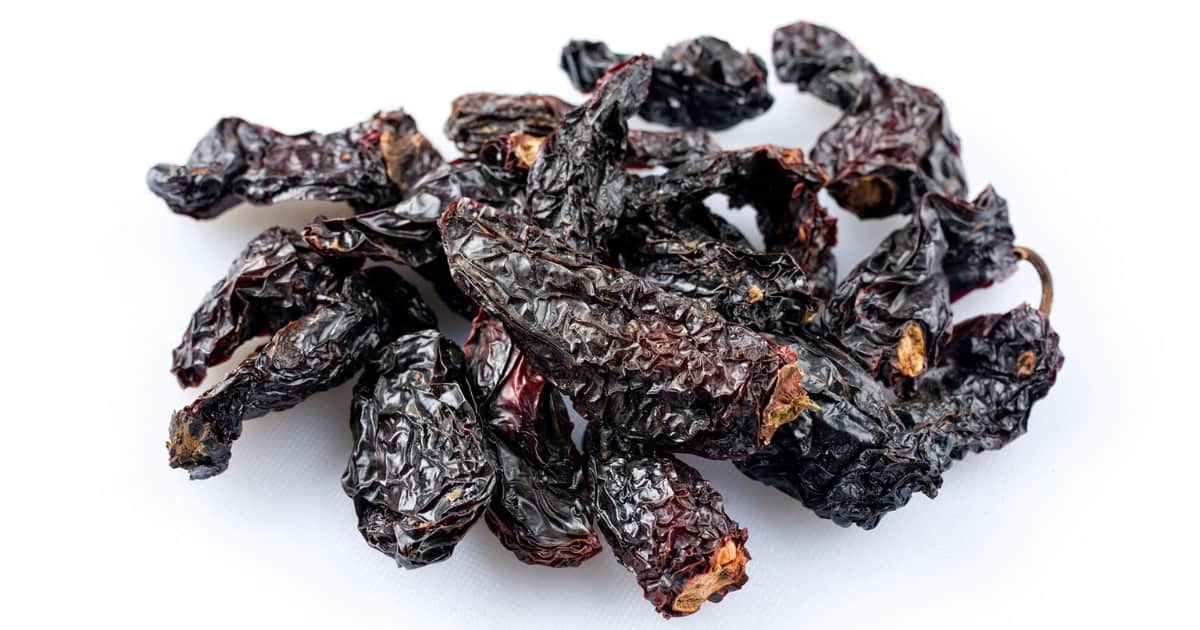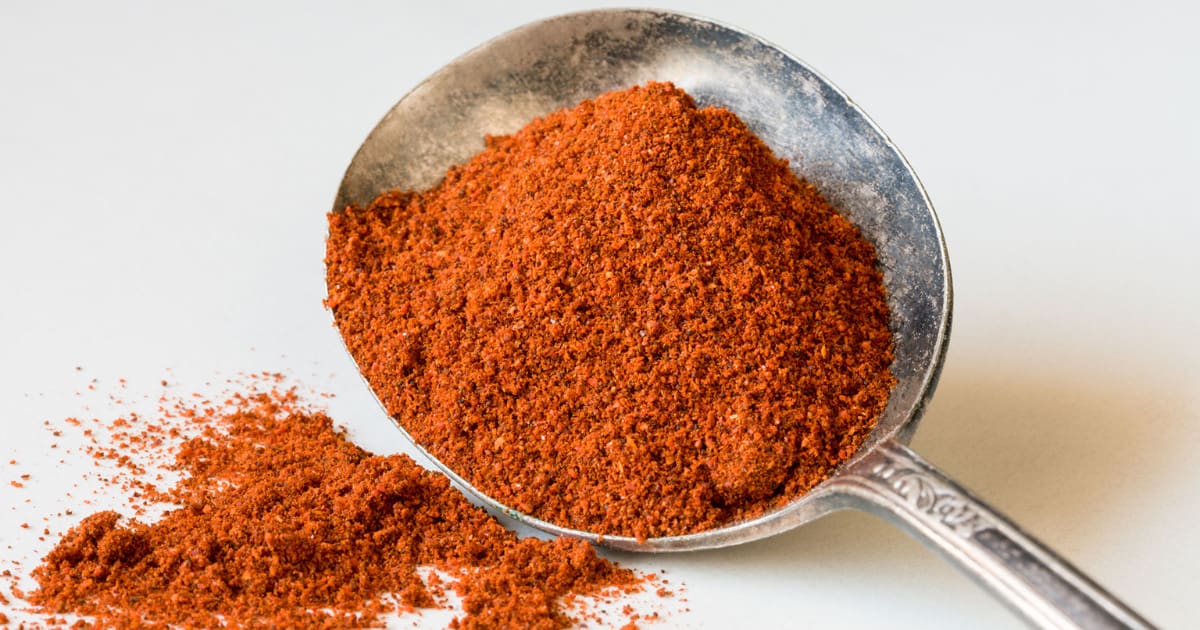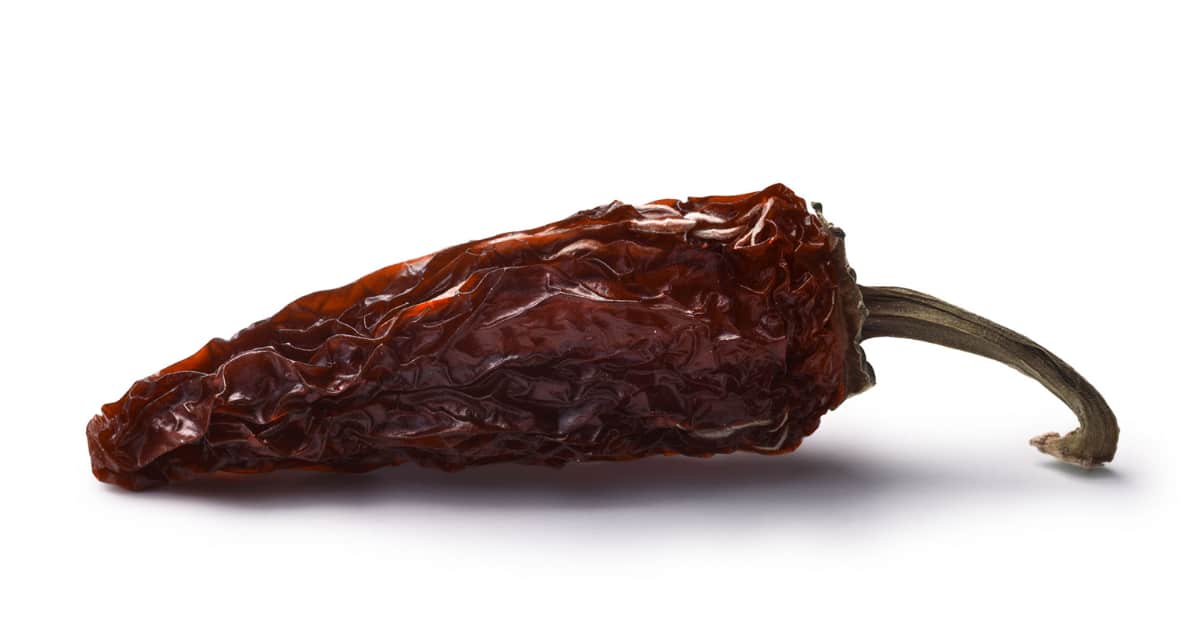When exploring the world of spicy flavors, you may have encountered discussions about chipotle chili powder and chipotle chili peppers.

But what exactly is the difference between these two ingredients?
Chipotle Chili Powder: A Smoky, Fiery Powder
Chipotle chili powder is made by taking ripe, red jalapeño peppers, smoking them, and then grinding the smoked peppers into a fine powder. This imparts a distinctive smoky, earthy flavor.
The smoking process not only adds great flavor but also partially dries out the jalapeños, concentrating their natural heat. As a result, chipotle chili powder packs quite a punch, ranging from 2,500 to over 8,000 Scoville heat units. For reference, a jalapeño pepper itself ranges from 2,500 to 8,000 SHU.

You'll find this powder used in many Mexican and Tex-Mex dishes. It works well sprinkled on meats before grilling to give a smoky crust, added to stews and chilis for flavor and heat, and blended into spice rubs and marinades. It's an especially integral ingredient in authentic homemade chili powder blends.
Due to its popularity, pre-made chipotle chili powder is widely available at grocery stores or online. But you can also easily make your own by drying and grinding whole chipotle peppers in a spice grinder.
Chipotle Chili Peppers: Smoked Jalapeños

In contrast to the ground powder, chipotle chili peppers are whole, smoke-dried jalapeño pepper pods.
To make these peppers, ripe red jalapeños are dried and smoked over wood until they transform from bright red into a deep mahogany color. They develop wrinkles in the skin, taking on a raisin-like appearance.
Compared to regular fresh jalapeños, the smoking process gives chipotle chili peppers a much richer, smokier flavor. The extra time spent drying also increases their sweetness as the starch converts to sugars.
You'll find these peppers sold whole, chopped, or ground to flakes and powder. Whole chipotle chili peppers are often packed in adobo sauce, a tangy Mexican marinade.
Because they are more mature when harvested, chipotle chili peppers register pretty high on the Scoville scale, ranging from 5,000 to 10,000 SHU. They make a great way to add both heat and savory, smoky flavor to salsas, stews, marinades, and meat rubs.
So, in summary:
- Chipotle chili powder = Ground smoked jalapeños
- Chipotle chili peppers = Whole smoked jalapeño pods
Comparing Heat Levels
Both chipotle chili powder and chipotle chili peppers bring the heat, thanks to their basis from the jalapeño pepper. However, chipotle chili peppers tend to be slightly hotter, with a Scoville range of 5,000 to 10,000 SHU compared to 2,500 to 8,000 SHU for the powder.
This discrepancy comes from differences in the specific peppers used. Chipotle chili powder can be made from a mix of less and more mature jalapeños before smoking. Chipotle chili peppers, on the other hand, are only made from fully ripe red jalapeños at their spiciest stage.
So when cooking, you may find you need to use a little less chipotle chili peppers to achieve the same level of heat as the chili powder. Starting with small amounts and adding more to taste is recommended.
As far as heat, both Chipotle chili powder and peppers surpass mild dried peppers like ancho but are tamer than hotter varieties like cayenne and habanero. Their heat complements without overpowering other flavors.
Appearance and Texture
You can easily distinguish chipotle chili powder from its whole pepper counterpart at a glance.
Chipotle chili powder has an extremely fine, flour-like texture. It clumps slightly due to the chili’s natural oils and compounds. The color ranges from deep reddish-brown to a more brick-colored tan, depending on the specific peppers used.
On the other hand, chipotle chili peppers are ridged, wrinkly, and raisin-like when dried whole. They measure 2 to 4 inches long and are a very deep brown, almost purple-hued red. When ground, they form coarse flakes or a slightly chunky powder.
So the powder has a smooth, uniform look. The whole peppers and flakes are bumpy and irregular.
Flavor Profiles
While both ingredients deliver a smoky heat, their flavors have some subtle differences.
The rich, concentrated taste of chipotle chili peppers leans more toward fruity and sweet, with background notes of tobacco and chocolate. On the sweeter end, you may pick up cherry, plum, or even prune flavors.
Since it’s a blend, chipotle chili powder has a more complex makeup. Along with the core smokiness, you’ll likely detect warmer spices like cumin, garlic, and oregano. The overall flavor is more savory than fruity.
So while chipotle chili powder packs a sharp, smoky punch, the whole peppers offer a mellower fruit-and-smoke profile.
Preparation and Uses
Chipotle chili peppers require some prep before cooking. Typically, you’ll soak the dried peppers to rehydrate them, then chop or purée them. Whole pods can also be added to soups, stews, and salsas to impart flavor during cooking. Canned versions packed in adobo sauce just need to be chopped.
Chipotle chili powder is ready to use as is. You can easily sprinkle it into dishes or blend it into rubs, marinades, dressings, and sauces. To temper the powder’s potency, combine it with tomato paste and olive oil before mixing it into a full recipe.
In terms of uses:
- Chipotle chili peppers shine in Mexican sauces, stews, chilis, and moles, where their flavor can really permeate. They also make tasty additions to meat marinades and seafood seasoning blends.
- Chipotle chili powder is very versatile. It can be used to add smoky spice to everything from Tex-Mex tacos, enchiladas, and fajitas to barbecue rubs, chicken wings, roasted vegetables, popcorn, chilis, and more.
So while the peppers lend their flavors best with longer cooking times, the powder quickly seasons all kinds of dishes.
Availability
You’ll typically find both forms of Chipotle chilies for sale at well-stocked grocery stores, Mexican markets, and online:
- Chipotle chili peppers are sold both dried whole and ground to flakes or powder. Popular options are chipotles packed in adobo sauce or chipotles in tomato sauce.
- Chipotle chili powder can be purchased pre-made as a standalone seasoning or blended into chili powder mixes. Major spice brand options include McCormick and Spice Islands.
If unavailable pre-made, you can easily DIY both chipotle chili peppers and powder at home with fresh jalapeños and your oven or smoker.
FAQ
What's the difference between Chipotle Morita and Chipotle Meco chili peppers?
Chipotle Morita and Chipotle Meco refer to two main types of chipotle chili peppers. Chipotle Morita is the variety most commonly found in the U.S. They are grown in the Chihuahua region of Mexico. When dried whole, they have a deep brownish-burgundy color and retain some moisture, giving them a leathery texture. Chipotle Meco peppers are more popular in southern Mexico. They undergo a longer smoking process, so they end up in a darker, ashy brown. Chipotle Meco has an intense smoky flavor compared to the fruitier Chipotle Morita.
Can you make chipotle chili peppers from green jalapeños?
Typically chipotle chili peppers are made from ripe red jalapeños. But you can smoke-dry green jalapeños as well. Green jalapeños will give the finished chipotle peppers a brighter, grassier flavor compared to the sweeter red variety. However, red jalapeños are ideal as they have the most mature heat levels and natural sugars that balance the smokiness.
What's a quick and easy Chipotle powder substitute?
If you don't have chipotle chili powder on hand, smoked paprika makes a good alternative in a pinch. While not quite as hot as chipotle powder, smoked paprika provides a similar smoky essence. For recipes wanting more heat, you could use regular chili powder or ancho chili powder instead. Though the flavor won't have the same depth as chipotle powder, they will add mild spice.
Conclusion
Chipotle chili powder and chipotle chili peppers each have their own unique traits. The powder imparts an instant smoky kick, while the peppers offer a mellower, fruiter profile that permeates dishes when cooked.
With their jalapeño base, both bring medium-high heat. Understanding how to best use each allows you to add the right amount of smokiness and spice to all your Mexican cooking.

